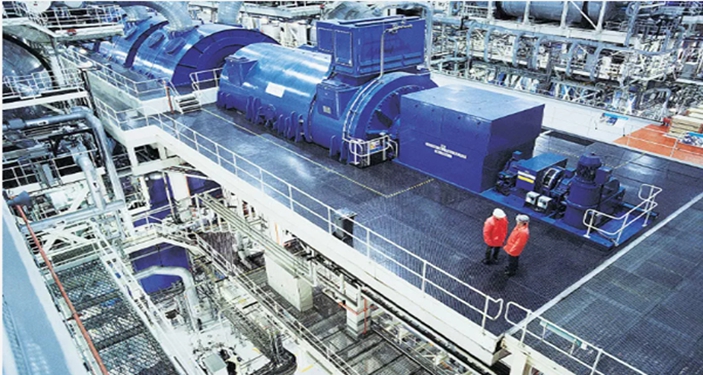ABB flagship digital energy management system completed AI upgrade

ABB’s flagship digital energy management and optimization system, ABB AbilityTM OPTIMAX ® The latest version of can achieve coordinated control of multiple industrial assets and processes, improve energy efficiency, and reduce pollutant and carbon emissions.
Upgraded ABB Ability ™ OPTIMAX ® 6.4 will feature artificial intelligence modules that can enhance the accuracy and precise coordinated control of multiple assets in industrial sites and hybrid power plants.
This digital energy management and optimization system unlocks the efficiency password of multi user, multi energy forms of industry, reducing the cost and emissions of complex systems.
Modular systems are easy to install and can achieve automated and semi automated software updates and upgrades.
ABB launches ABB Ability ™ OPTIMAX ® 6.4 version, which is the latest version of its flagship digital energy management and optimization system, can achieve coordinated control of multiple industrial assets and processes, improve energy efficiency, reduce pollutant emissions and carbon emissions.
The performance and availability upgrades of OPTIMAX include an AI module that can enhance predictions of load demand, energy production, and energy prices without the need for manual intervention. This will significantly improve the accuracy of daily and mid day predictions when power plants supply power to the grid, helping to avoid fines or other penalties that may arise due to failure to supply power according to predictions.
“At ABB, we believe that the greenest energy is unused energy, so improving efficiency throughout the entire energy value chain is crucial,” said Dr. Sleman Saliba, Global Energy Efficiency Management and Optimization Product Manager at ABB Energy Industry. “OPTIMAX aims to accelerate industrial carbon reduction by upgrading and incorporating the latest technologies, targeting the latest market opportunities, to help protect resources, integrate and optimize energy systems, industrial sectors, and energy utilization methods, and promote more efficient, environmentally friendly, and sustainable energy conversion and utilization.”
The latest version of OPTIMAX combines digital technology and modular solutions, simplifying user interface presentation and providing an updated optimized environment to address energy management challenges faced by industrial enterprises and energy suppliers. In a complex thermal power plant in Germany, OPTIMAX saved an additional 1.5% in energy costs in the first six months, achieving a one-year return on investment for customers.
At present, industry accounts for about a quarter of global energy related carbon dioxide emissions, and ABB is continuously expanding the areas served by OPTIMAX to accelerate industrial carbon reduction. At present, OPTIMAX has helped operators in various fields, including heating and power generation, green hydrogen, electricity to X, carbon capture and storage (CCS), wastewater treatment, electric vehicles, regional heating and cooling, improve energy efficiency through strategic planning of energy flow and asset utilization.
In addition, the modular design of OPTIMAX makes it easy to install, and each component can be ordered separately. Modular platforms support automatic and semi-automatic updates and upgrades.
By combining Power Process Management (PMS), Advanced Process Control (APC), and Digital Twin technology, ABB provides the entire value chain solution from front-end engineering design (FEED) to operations and services for industries including power generation, oil and gas, chemical, and hydrogen.
ABB Process Automation Division provides automation, electrification, and digital solutions for industrial operations, meeting a wide range of user needs from energy, water, and material supply to product manufacturing and transportation.
With advanced technology and service expertise, ABB’s Process Automation Division has approximately 21000 employees worldwide dedicated to helping customers in the process industry, hybrid industry, and maritime industry improve operational performance and safety, empowering a more sustainable and efficient future.
ABB is a technology leader in the field of electrical and automation, committed to empowering a more sustainable and efficient future. ABB integrates engineering experience and software technology into a solution to optimize manufacturing, transportation, energy, and operations. With a history of over 140 years of excellence, ABB’s approximately 105000 employees worldwide are dedicated to promoting innovation and accelerating industrial transformation.
ABB has comprehensive business activities in China, including research and development, manufacturing, sales, and engineering services. It has about 30 local enterprises and approximately 15000 employees in nearly 130 cities, with online and offline channels covering approximately 700 cities nationwide.










